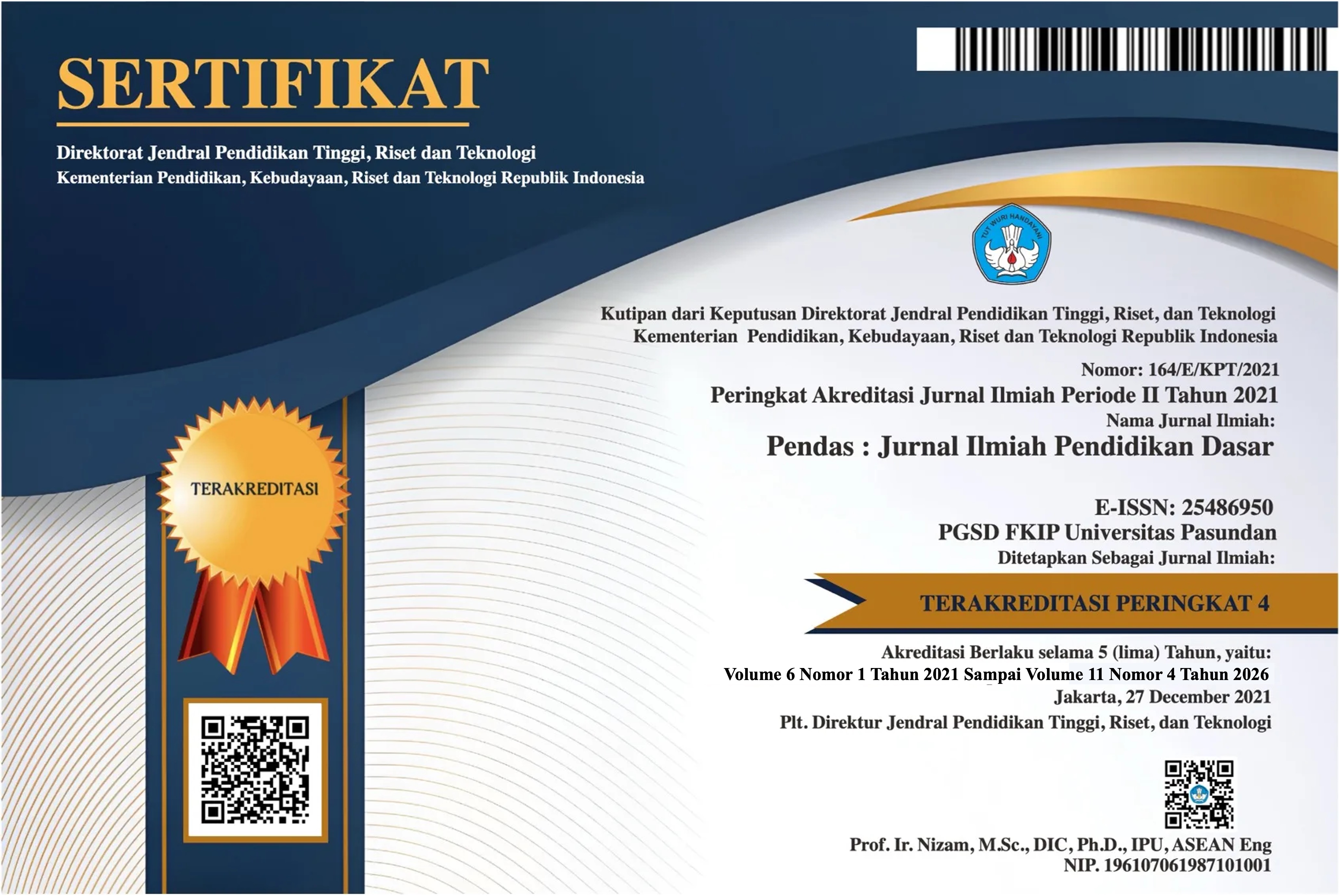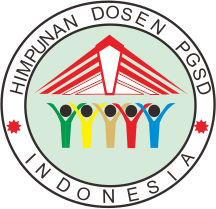THE EFFECT OF USING ICE BREAKING ON STUDENTS’ MOTIVATION IN ENGLISH LEARNING IN JUNIOR HIGH SCHOOL
DOI:
https://doi.org/10.23969/jp.v10i04.34668Keywords:
Ice Breaking, Motivation, English Learning, Quasi-Experimental DesignAbstract
This research aimed to discover the effect of using ice breaking activities on students’ motivation in learning English. The study was conducted because preliminary observations revealed that many students showed low motivation in English class, often due to boredom, anxiety, and fear of peer judgment. This lack of motivation impacted their participation and learning outcomes. To address this issue, the researcher applied ice breaking as an engaging and interactive teaching strategy to create a fun and comfortable classroom atmosphere.
This research used a quasi-experimental design with pre-test and post-test control group design. The population was eighth-grade students of SMPN 6 Bukittinggi, consisting of 190 students. The sample included two classes: VIII.1 as the experimental class (30 students) and VIII.2 as the control class (30 students). The instrument used was a motivation questionnaire with a 16-item Likert scale. The data were analyzed using SPSS, applying paired sample t-test and independent sample t-test to determine the effect of ice breaking on students’ motivation.
The results showed a significant effect of using ice breaking on students’ motivation in English learning. The paired sample t-test for the experimental group showed Sig. (2-tailed) = 0.000 < 0.05, indicating that Ha was accepted. The independent sample t-test also revealed Sig. (2-tailed) = 0.000 < 0.05, confirming a significant difference between the experimental and control classes. These findings indicate that using ice breaking is more effective in improving students’ motivation compared to conventional teaching methods.
Downloads
References
Anita, A. S., & Kardena, A. (2021). The effect of using Powtoon toward students’ motivation in writing. ELP (Journal of English Language Pedagogy).
Arino Susanto, & Widya Syafitri. (2025). The use of PowerPoint as an English teaching media toward students’ English learning motivation. ICMIE Proceedings.
Bambang, M., Siswanto, E., Pd, M., & Wahida, S. N. (2022). Alfa zone with ice breaking learning.
Fitria, T. N. (2024). Socialization of the ice-breaking game in building students’ concentration in English learning at SMA Negeri 1 Sukoharjo.
Fitriani, E., & Melani, M. (2021). The effect of using hypnoteaching method towards students’ motivation in learning English. Journal of English Language and Education.
Fitrianti, A., & Reflinda, R. (2024). The correlation between extrinsic motivation and students’ academic achievement in studying English. ELP (Journal of English Language Pedagogy).
Hutasoit, R., & Tambunan, D. B. (2018). The effect of ice breaking technique in teaching speaking at the tenth grade students of SMK Dharma Bhakti Siborongborong in academic year 2018/2019. International Journal of English Literature and Social Sciences.
Keller, J. (2008). First principles of motivation to learn and e-learning: ARCS model of motivation. Texas Tech University Worldwide ELearning.
Keller, J. M. (2010). Angewandte Chemie International Edition.
Kum, B. A. (2022). The effects of intrinsic and extrinsic motivation on student learning effectiveness (Case study: International students of Estonian Entrepreneurship University of Applied Sciences). Creativity and Business Innovation.
Li, T., & Lynch, R. (2016). The relationship between motivation for learning and academic achievement among basic and advanced level students studying Chinese as a foreign language in years 3 to 6 at Ascot International School in Bangkok, Thailand. Scholar: Human Sciences.
Michael Cole, & Sylvia Scribner. (1978). Vygotsky – Mind in society of higher psychological processes.
Nanda, D. W. (2023). The effectiveness of ice breaking on student learning in teaching simple present tense at second grade of SMPN 23 Tebo.
Opida Nengsih, Melyann Melani, & R. (2024). The correlation between students’ motivation and speaking ability of the 8.
Prasetyaningrum, D. I., Ruminar, H., Kustanti, A., & Irwandi, P. (2023). Analysis of motivation and non-cognitive personalities in English achievement and global competences: The case of agriculture students. English Review: Journal of English Education.
Putri Arifani, & Loli Safitri. (2023). The effect of implementing ice breaking towards students’ motivation in learning English at second grade in SMK Cendana Padang Panjang. PESHUM: Jurnal Pendidikan, Sosial dan Humaniora.
Rahmayanti, P., Saraswati, P. A., & Bhuana, G. P. (2019). The use of ice breaker to improve students’ motivation in learning English at the tenth grade students of SMK Ypkkp. PROJECT (Professional Journal of English Education).
Rezki, A., Halim, A., & Sentosa, T. (2022). Motivating students in learning English using icebreaking. Al Lughawiyaat.
Sari Baso, R. (2014). Exploring Indonesian graduates’ English language skills and companies’ English language skills requirements in East Kalimantan, Indonesia. IOSR Journal of Humanities and Social Science.
Sari, U. A., Fauziyah, N., Ghozi, A., Azizah, I. N., & Al-Fidyah, U. F. (2021).
Improving the students’ learning concentration through ice breaking. Proceedings of the International Conference on Engineering, Technology and Social Science (ICONETOS 2020).
Schunk, D., Judith, M., & Pintrich, P. (2014). Pearson new international edition.
Downloads
Published
Issue
Section
License
Copyright (c) 2025 Pendas : Jurnal Ilmiah Pendidikan Dasar

This work is licensed under a Creative Commons Attribution 4.0 International License.


















